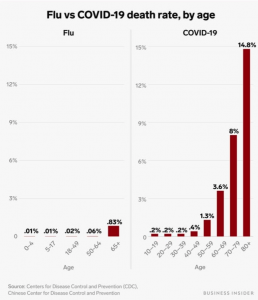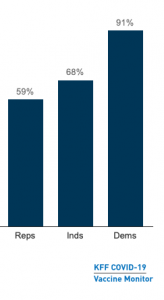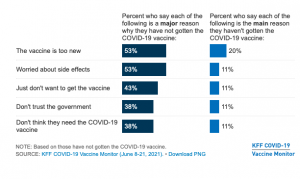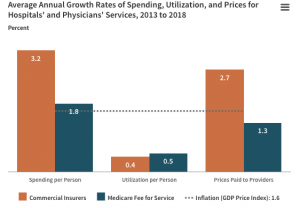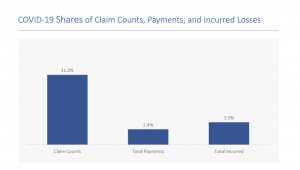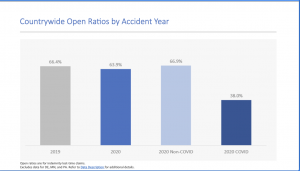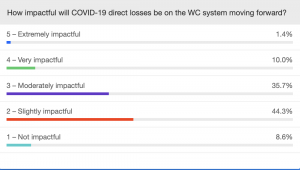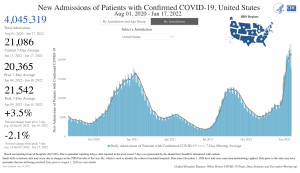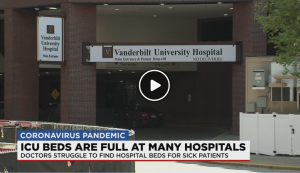Two recent acquisitions and one possible transaction provide insight into investors’ views of the workers’ comp services sector.
Spoiler takeaway – Size is good; a) up to a point, b) as long as the additions strengthen management, add solid revenue and are strategic.
Paradigm acquires HomeCare Connect and TRISTAR acquires Risico.
Paradigm Outcomes’ acquisition of HomeCare Connect makes a ton of sense – as does TRISTAR’s purchase of Risico. We’ll dive into the first today, the second tomorrow, and the possible transaction later this week.
HomeCare Connect provides home care, DME, prosthetics and other services to workers with significant injuries…a population exactly the same as Paradigm’s. By internalizing these services, Paradigm:
- gains control over a key part of the care continuum, thereby streamlining communications and service delivery;
- adds strong management talent (I’m a big fan of HCC leaders Vonesa Wenzel, Teresa Williams and Tim Rametta);
- increases HomeCare Connect’s revenue by funneling Paradigm cases through HCC; and
- adds significant revenues (my guess is $60 million+…but that’s just a guess) to its top line and earnings to the bottom line.
I spoke with Paradigm CEO John Watts, here are a few quotes from that conversation, takeaways that point to Paradigm’s evolution and strategy.
-
- “almost every case we manage involves durable medical equipment and home healthcare”
- With (those services managed in-house, “it is seamless to the injured worker and provides more continuity as we are able to stay on the case longer.”
- “HCC has very strong leadership that is already thinking about other opportunities…they have a really interesting solutions for prosthetics…”
- Paradigm has “historically has dealt with high-severity claims, usually in the $1.5 to $2 million range.We are expanding the types of claims we work with to include lower-severity cases including those that need DME and HHC…HomeCare Connect’s solutions are a key part of our service set…”
- “As we continue to evolve our value-based solutions, we will extend our focus to events that are more episodic in nature…shoulder injuries for example…where our focus on return to work and reducing cost are essential value drivers for the market.”
Paradigm is clearly focused on capturing more of the services delivered to its current patient population, while moving “down the severity ladder” to handle less severely injured patients.
And…the final quote is pretty interesting as it implies expanding beyond fee-for-service into value-based care and financial models.
I’d be remiss if I didn’t add what I see as one of the bigger benefits of the acquisition for Paradigm – HCC execs and staff get workers’ comp, understand the critical nuances and needs of front-line adjusters and case managers, and also know what drives decision makers.
From Vonesa Wenzel:
-
- “It is all about the integrity of your organization and that you can be trusted by your clients to do the right thing for them, and also for the injured worker. You have to earn your client’s trust.”
- “It’s important to understand that expectations of what folks need at the desk level may be different than corporate level decision makers.”
What does this mean for you?
Focusing on your end users’ needs, wants, problems, and foibles = success.


